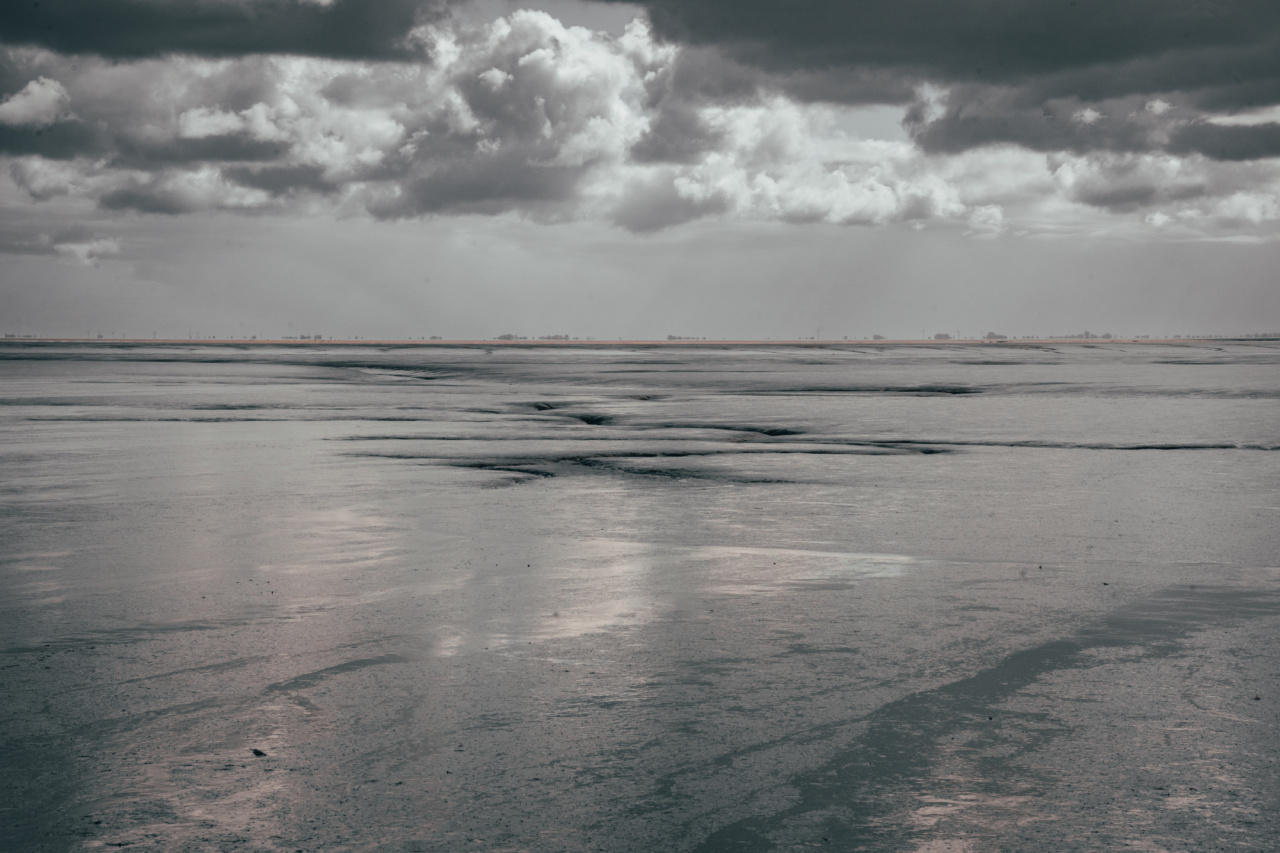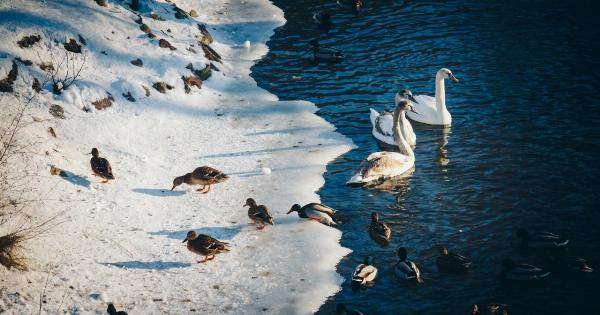Winter brings with it some enchanting sights that are not present all year round. One such sight is that of a frozen lake or river.
The icy surface looks like a perfect playground out in the open, where you can ice skate, go ice fishing, or play hockey with friends. However, every coin has two sides. While the frozen lake or river presents plenty of opportunities for fun and adventure, it is also full of hidden hazards that you need to know before venturing out on the ice.
Here, we will discuss some of the risks associated with frozen lakes and rivers, so you can enjoy the winter season without putting yourself in danger.
Thin Ice
The most common hazard associated with frozen lakes and rivers is thin ice. While it may seem like a fun activity to walk out on the ice, you should always be cautious of it’s thickness. Never venture onto the ice without knowing how thick it is.
If you find yourself out on the ice and hear it cracking, immediately get off the ice. Never assume that the ice is safe to walk on just because it has been cold for a few days. The thickness of the ice can be affected by several factors, such as air temperature, water currents, and snow cover.
Breaking Ice
Another danger on frozen lakes and rivers is breaking ice. When the ice cracks, it forms fissures and crevices that can be difficult to see on the surface. People often don’t know they are on breaking ice until it is too late.
If you fall into freezing water, the shock of cold can make it hard to breath, and your limbs become quickly paralyzed, which means that you won’t be able to pull yourself out of the water. It is vital to stay away from areas with broken ice and always check for any in areas you are in.
Hypothermia
Hypothermia is another hazard that can happen when you venture out on frozen lakes and rivers. Hypothermia happens when the body temperature falls below 95 degrees Fahrenheit. Hypothermia is caused by exposure to low temperatures, wind, and dampness.
If you fall into icy water, the risk of hypothermia is even higher. Early symptoms of hypothermia include shivering, numbness, clumsiness, and slurred speech. If you think you or someone else may have hypothermia, seek medical attention immediately.
Hidden Obstacles
While it may look like a smooth, snow-covered surface of ice, lakes and rivers have hidden obstacles that you can’t see because of the ice. These hidden obstacles could be trees, rocks, or vegetation below the surface of the frozen lake or river.
Colliding with one of these obstacles at speed, can lead to serious injuries. Always be aware of your surroundings and what’s beneath the ice.
Currents
Water currents also pose a hidden danger on a frozen lake or river. Even if the ice is thick, the current beneath the surface can continue to flow.
If you venture into the areas of the water body with the current, it is likely that the ice is thinner in these areas, and will not be able to support your weight. You can be carried downstream or be trapped under the ice as the current pulls you down.
Some people enjoy the thrill of being swept along by a river’s currents, but it is important to know that without proper equipment and expertise this can be a deadly activity.
Rescue is Challenging
If you do venture out on a frozen lake or river, remember that rescue is challenging if you fall in. It can be hard for rescuers to find you under the ice, and if they do find you, it will take time to cut you out of the ice and bring you to safety.
The rescue operations require trained personnel, specialized equipment such as a thermal suit, and a quick response. When rescue workers do get you out of the water, they often have only a small window of time to revive you before you become hypothermic.
Ice fishing risks
Ice fishing can be a fun and exciting winter activity, but it also carries additional risks. When fishing alone, you need to be extra careful, since there is nobody there to help you if something goes wrong.
It is best to travel in pairs or groups and always let someone know where you are going and how long you plan to stay out. Avoid ice fishing in areas where there are currents or obstructed visibility. Always bring survival gear such as a life jacket or flotation suit, an ice pick, and a cell phone to call for help in case of any emergency.
Driving over frozen lakes and rivers
Driving a vehicle over a frozen lake or river may sound like fun, but it is also dangerous. The weight of the vehicle can exert additional pressure on the ice, which may cause it to crack or collapse.
You will not only lose your car, but your life is also at risk if you’re in the car at the time. It’s best to avoid driving on the ice altogether unless it is specifically allowed and well marked for vehicles.
Closing thoughts
Frozen lakes and rivers look beautiful and make for excellent winter activities, but it is crucial to stay cautious and be aware of the hidden dangers they present.
Everyone needs to take precautionary measures to ensure their safety and the safety of others when enjoying winter activities of any kind.































